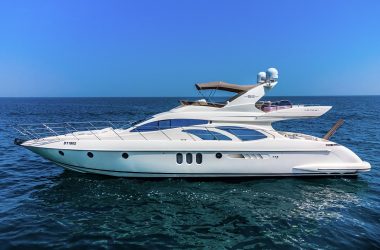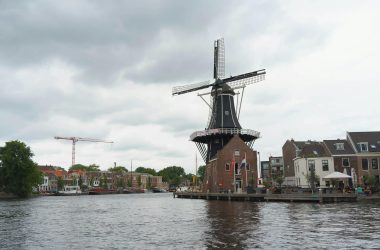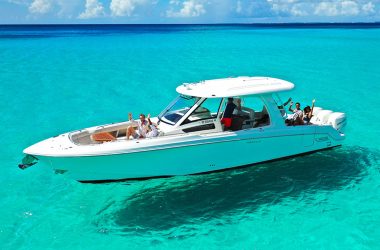Source: www.indonesia.travel
Raja Ampat is an archipelago of more than 1,500 small islands and many different kinds of coral reefs. It surrounds the four main islands of Misool, Salawati, Batanta and Waigeo, the “Four Kings”, hence the name of the Island of the Raja Ampat. Despite being an Indonesian province, Raja Ampat feels like part of another world, a hope-filled with exploration and discovery.
West Papua has extremely rugged terrain and an incredible diversity of plants. The arrival of tourism helps protect the region’s unique biological and cultural diversity. Raja Ampat’s extraordinary diving is a treasure trove, similar to its unique species. Cape Kerry on Mansour Island in the Dampier Strait holds the record for the largest number of fish species found in a single dive. Raja Ampat is rich in species and is an important area for coral reef protection. The entire area is protected as part of the bird’s head seascape.
Raja Ampat is not as isolated as it used to be. The entire archipelago is developing diving centers, and there are regular life cruises to famous diving sites. But this row of beautiful islands still retains a lingering feeling of living on the edge of the world. The remote, beautiful and exciting “Four Heavenly Kings” rightly captured their laurels as one of the best diving spots on the planet.
How to get to Raja Ampat
The main entrance to Raja Ampat is Sorong City, which can be reached by flight from Bali or Jakarta via Makassar, Ambon, or Manado. To Maximize their time in West Papua, guests should consider flying to Jakarta first and then taking an overnight flight to Sorong. This will allow you to reach West Papua in time to meet the resort’s shuttle boat. After arriving in Sorong, the dive operator will arrange a transfer service to the Raja Ampat Dive Resort. Public transportation is not an option.
Where to stay
Raja Ampat has had only one diving center and a few liveaboards to explore the area for many years. Today, the situation has changed a lot. Today, there are many different life cruises in Raja Ampat and quite a few diving centers concentrated in and around Dampier Strait. Tourists can even stay at the diving center on the remote island of Misool. Most are eco-friendly resorts, using sustainable practices where possible, recycling as much as possible, and using alternative energy sources. But many people think that liveaboard is the best way to explore Raja Ampat, as it provides an action-packed program to visit all the famous dive sites.
Compared to other destinations in Indonesia, all Raja Ampat resorts and life cruises are relatively expensive. Also, while it is possible to dive into Raja Ampat on budget, we recommend a professionally managed resort known for its high standards and safety due to its remote location and safety reasons.
Diving season in Raja Ampat and weather
Two different seasons affect diving conditions in Raja Ampat. The northwest monsoon lasts from October to April of the following year and is considered the best visit. From June to September, the southeast monsoon brings turbulent waves and winds to Misool in the southern part of Raja Ampat and Triton Bay further south. The dive centers in Misool and Triton Bay were closed during this period because the waves made diving conditions difficult. The northern and central areas of Raja Ampat are more resistant to these winds and are open all year round.
As a tropical region, you can expect rain at any time of the year. The rainiest times are November and December and July and August, but the rainfall is usually short and heavy, disappearing soon. The water temperature is warm throughout the year, with little change between 27 and 29 °C.
Whether your trips take you on a long stroll on beaches, delicious cuisines, relaxing spas and resorts, or urban attractions, additional research will give you the best experience for your visit. Get to know more about Raja Ampat by visiting Wonderful Indonesia.







